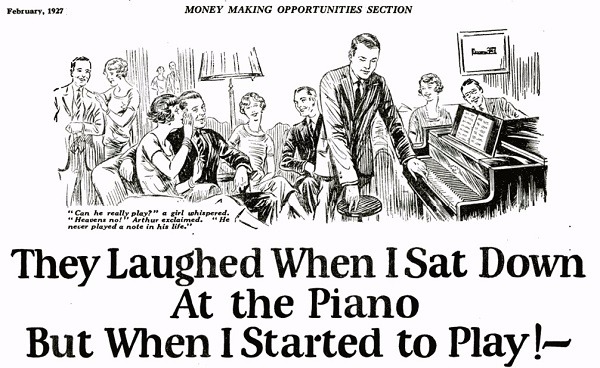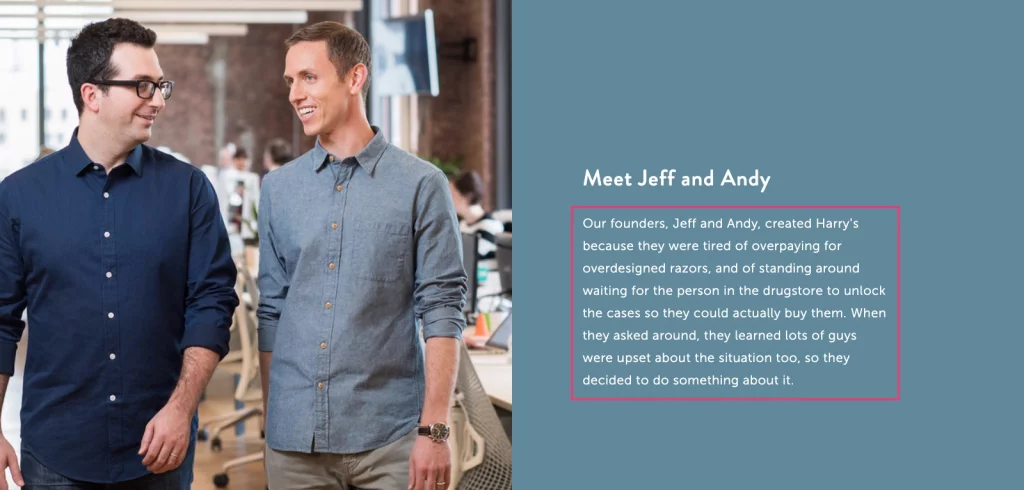Did you know there’s actually a copywriting formula that people are using to make millions from their email lists every day?
Copywriting (not to be confused with copyright) is the science (and yes in some cases art) of producing words on a page that get the reader to take the action.
In other words, copywriting is writing that sells!
Copywriters have spent decades crafting formulas that generate consistent results. They conduct hours and hours of research to find the right words that produce results time and time again. Today we’re going to dive into one of the oldest and most successful formulas ever created.
We all know that feeling of sitting on a blank page waiting for inspiration to strike. Formulas help take away that pain by providing structure to your marketing email that improves your messaging and dramatically increases conversions.
“The mission of an advertisement is to attract a reader, so that he will look at the advertisement and start to read it; then to interest him, so that he will continue to read it; then to convince him, so that when he has read it he will believe it. If an advertisement contains these three qualities of success, it is a successful advertisement.”
E. St. Elmo Lewis
Words that sell
A great example of the power of copywriting was demonstrated in two “fictional” letters written to a mother, shared by copywriting Hall of Famer Gary Halbert.


Now put yourself in the position of recieving either of those letters. You can bet there’s a dramatic difference in the responses to each letter!
Let’s look at the differences between each of the letters in more detail.

So what was the difference between the two letters?

This is a vivid and often overlooked impact of the words we use in our emails. All too often we see markers blaming the tools and not looking closely enough at the way they are used. A good copywriting formula can change that!
In the next 15 minutes you will…..
- Discover one of the most effective copywriting formulas
- Understand how each element of the formula works
- See real examples you can swipe for yourself
A I D A
One of the most successful copywriting formulas producing amazing results since 1898 is AIDA. AIDA stands for Attention, Interest, Desire and Action.
All purchase decisions follow a predictable path. Something grabs your attention, you become interested to learn more, which builds desire in sufficient quantity for you to take action.
Each step in the formula is designed to create momentum in the reader.

Attention
The most well-crafted offers wrapped in the prettiest design won’t matter a bit if no one opens your emails. You need to grab your subscribers attention with subject lines that drive the reader to find out more
Perhaps the most famous piece of headline copywriting in history that follows this formula is “They laughed when I sat down at the piano but when I started to play…”, written by the legendary copywriter John Caples.
The ad was written for the US school of music and was an immediate success. Why? Because it focuses on the results from learning to play a piano, rather than selling the piano lessons themselves. It successfully captures the emotion around playing the piano, and takes the reader into their story and makes them the hero. This ad ran more than 90 years ago and is still regarded by many professional copywriters as the best headline ever written.
Interest
OK, so your subject line was attention-grabbing enough to get someone to open your email. The flywheel has turned ever so slightly, but now we need to maintain that momentum. The “lead” paragraph or introduction to your email should be designed to develop interest in the reader.
Harrys Razors website is a powerhouse of superb copywriting. Here’s just one example of how their copy cleverly draws you into their story. The example above is taken from their about us page and demonstrates the power of relatability when it comes to lead paragraphs. Critically they leave you hanging at the end of the paragraph wanting to know more! – “When they asked around, they learned lots of guys were upset about the situation too, so they decided to do something about it………”
Desire
The line between interest and desire can be blurred. Often desire comes from repeated exposure to something that we find interesting. Its time to crank it up a notch and hammer home the benefits. Careful though. The most common mistake in this part of the formula is to mistake features for benefits.
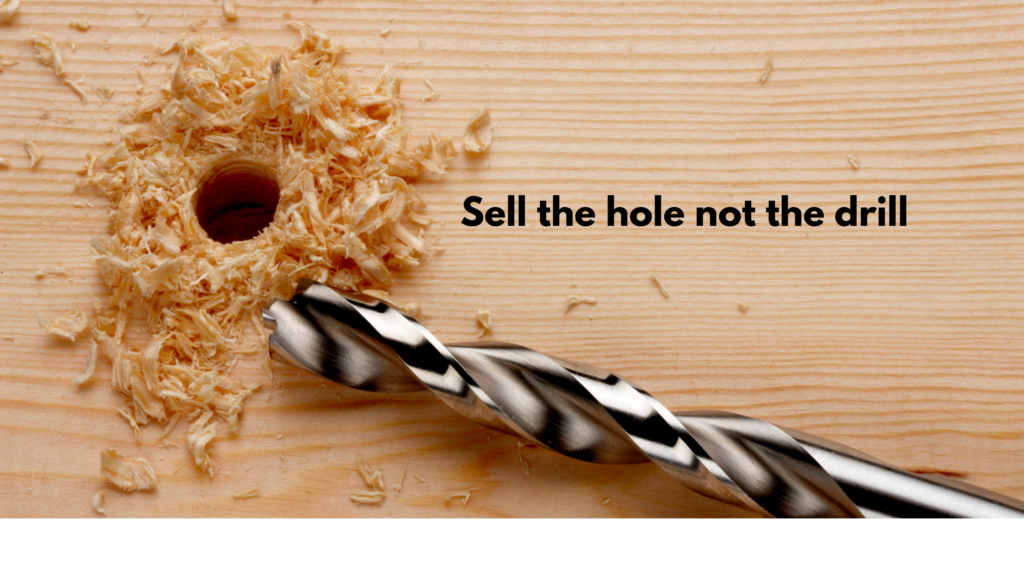
“Nobody who bought a drill actually wanted a drill. They wanted a hole. Therefore, if you want to sell drills, you should advertise information about making holes – NOT information about drills!”
Perry Marshall
Selling the benefits is what makes the “They laughed when I sat down at the piano but when I started to play…“ headline so incredibly powerful. In one line he was able to catch peoples attention, pique their interest and even sell the benefits of learning to play the piano. All of that was accomplished in 15 words! That’s why John Caples is a copywriting legend!
Action
This is the fun part of the formula. Where you get to see the results of all your hard work. Be careful though, this is where so many brands drop the ball. Getting readers to take action isn’t as simple as adding a “buy now” button to your emails. There are 4 critical ingredients to this step which all work together to drive that purchase.
The fear of missing out (FOMO) – is an incredibly powerful motivator when it comes to driving action. I’m sure you’ve experienced one of those little countdown timers after visiting a website or seen “XXX other people are currently on this page” alerts when browsing a booking site. These are both techniques along with limited time offers that give the consumer FOMO and create a real sense of urgency to take action before the opportunity is lost.
Social Proof – Humans are tribal. So it’s not a surprise that people love to get assurance that other members of their tribe have enjoyed taking the action you’re asking them to take. Social proof is the method of using customer testimonials, feedback, consumer ratings and social media comments as a way of providing third party evidence assurance to decision making.
Offers – Clearly, all the hard work to this point is going to be wasted if you don’t craft a strong enough offer in the mind of your buyers. Books have been written on this one topic alone, suffice it to say there are many ways to make an offer enticing to your audience. Discounts, limited-time deals and bonus stacks are just three that are frequently used.
Calls to Action (CTA) – Amazingly this last step is often the most poorly executed in the entire selling process. Consumers are easily confused or more often distracted, especially in a world of declining attention spans! So it’s critical that you limit your messaging to single calls to action. Multiple choices might seem like the smart route to take, but choices = decisions and decisions take time to make. Here are some fantastic examples of brands using CTAs effectively to drive action. 👇 👇 👇
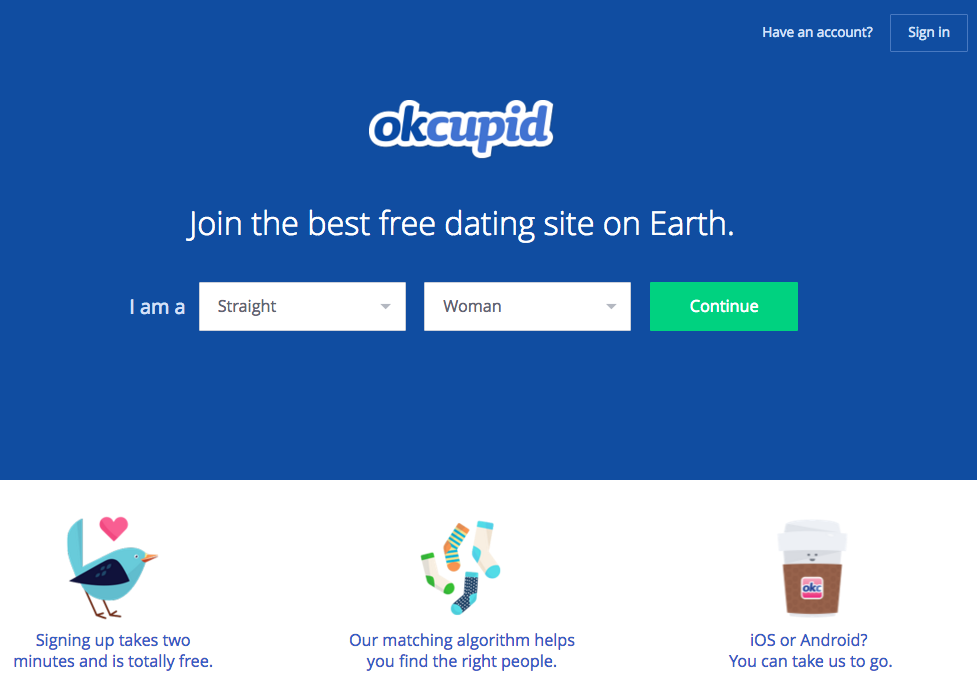
OkCupid uses a prefilled form to convince visitors they’re only one click away from taking action. A blank form would have dissuaded many from taking action as it would imply taking more time. The subtle icons below the call to action reinforce the decision being made. Selling convenience, saving time, and differentiating them from the competition with technology. All subtle nudges that clicking continue is the right decision.
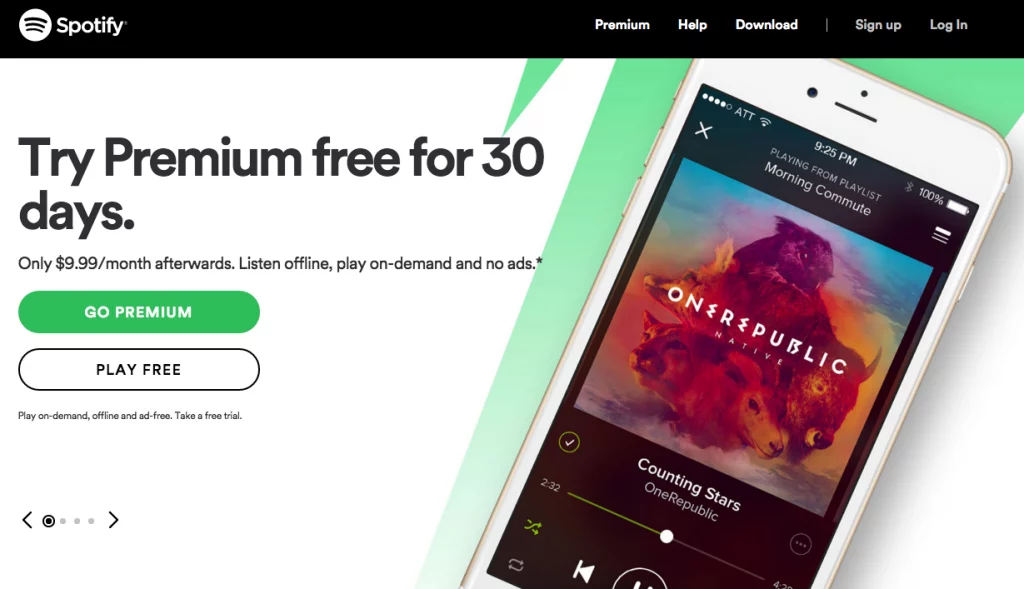
Spotify chose to combine a strong call to action button (note both these brands chose to use green as their button colour, which isn’t just a coincidence) with a very strong promotional FREE trial offer. Free trials are incredibly effective ways of removing friction from the purchase process as they remove pretty much any risk in the mind of the consumer. Just look how many times they use the word FREE on that tiny page….
Conclusion
At this stage, you should be able to see how you can apply the AIDA formula to your email marketing. Not only can it help you structure individual emails, but it should form the basis of your campaigns, sequences and autoresponders as well.
In fact, the principles of AIDA can and should be applied to all your copywriting. Facebook Ads, Google Ads, website, lead magnets & landing pages will all benefit immensely from this tried and tested formula that’s been successfully working for over a century. Use the formula to help create a logical flow in your entire marketing funnel.


